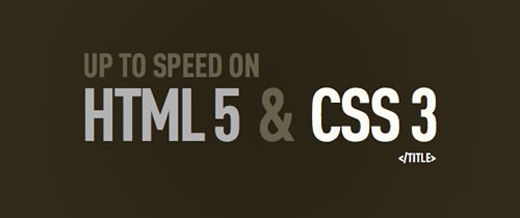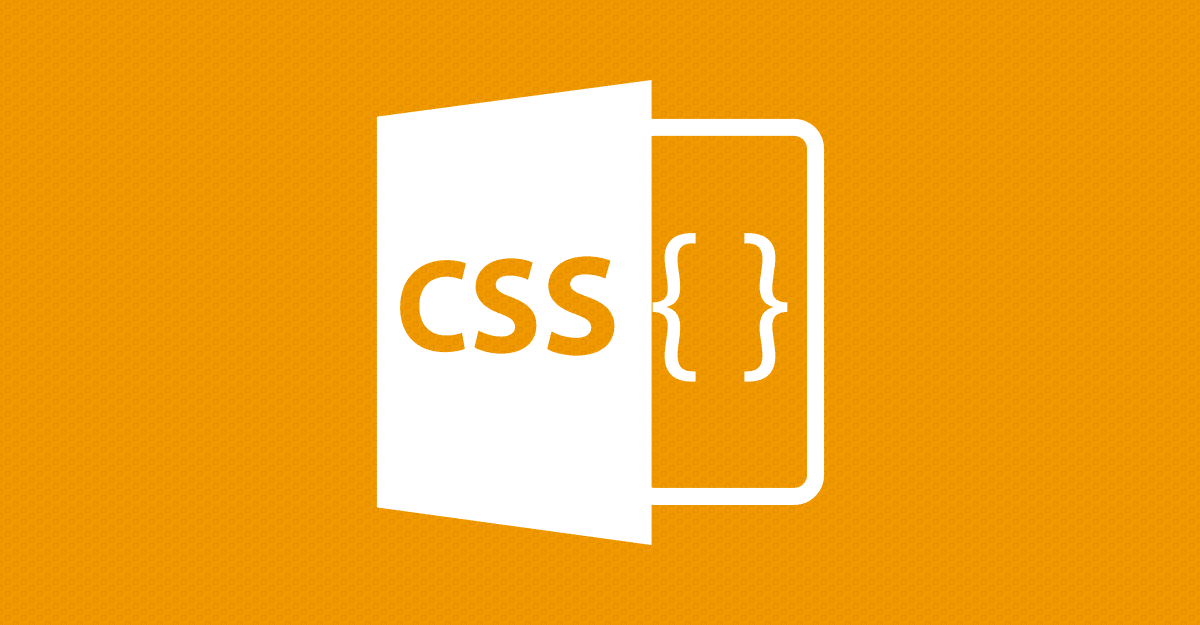
The web development industry is an ever evolving one, with the basic premise of making the World Wide Web a more user friendly and interactive environment. To this end, designers have recently created newer versions of the HTML and CSS code, to enable designers to develop better quality websites. With HTML 5 and CSS3, developers can expect to get better quality visuals, faster transfer of on line data and better customization of fonts. Though HTML 5 is yet to be released to the public, we recommend that you familiarize yourself with the upcoming updates, so that you can make full use of them when the product is released.
HTML (hyper text markup language) code is very popular among developers, mainly because it is easy to use, supported by any browser, and is free to access. HTML 5 is the latest incarnation of the code, and is aimed at designing websites that can incorporate videos files and other online media formats, in an easier way as compared to HTML 4. Through HTML5 coding, websites are designed to load a bit faster, due to web/local storage on the user’s computer. This will make the web development a lot easier for designers and the browsing experience a lot more responsive and interactive for users. HTML 5 can also be used to develop websites for mobile phones, making it a very versatile piece of coding.
So what new developments can you expect from CSS 3? CSS (cascading style sheets) 3 is designed to keep in line the developments made in HTML 5; by adding more depth in the visual design of websites. With CSS 3 developers can look forward to the ability to create rounded borders, to drop a shadow behind an object, to create multiple images on a layered background, etc. The visualization of text has also been updated in CSS 3. For example, you control what happens if text overflows its designated area, you can use drop down shadows for text, and you can break the flow of text into multiple sections depending on your settings.
Many of the issues developers have with the HTML 4 and CSS 2 format have been resolved with the newer versions, and if you plan to make use of these developments it would be wise to start familiarizing yourself with those updates now, so that the induction process can be a lot smoother when the product is released to the public.


























Leave a Reply